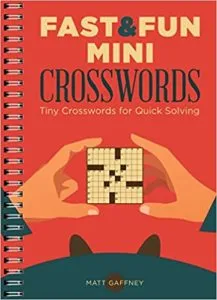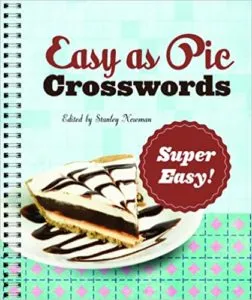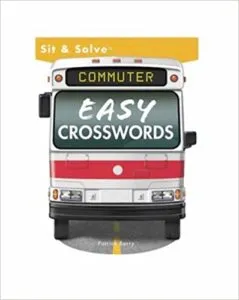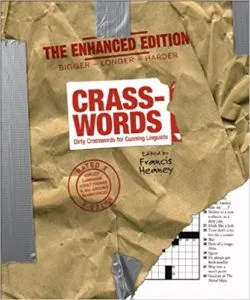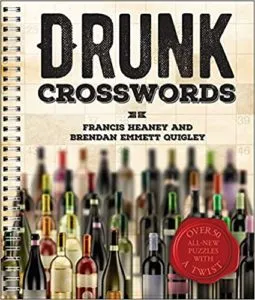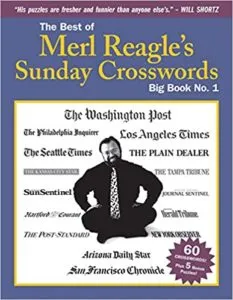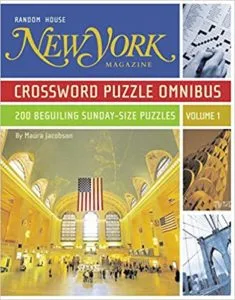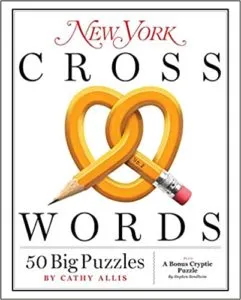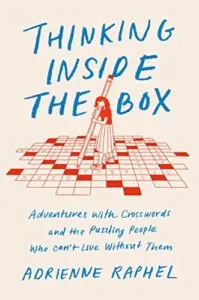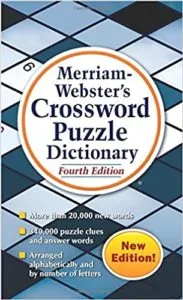
Get Down (and Across!) With the Best Crossword Puzzle Books
This content contains affiliate links. When you buy through these links, we may earn an affiliate commission.
We know there’s a puzzle craze right now, and for good reason. People are turning to activities to do at home that pass time, occupy minds, and soothe harried souls. Crossword puzzles can do all that and more. What makes crossword puzzles so amazing is their structure: a meeting of minds across time and space. The constructor has set a challenge for you, hoping you will best them. And you can. Like any skill, crosswords have a learning curve. With a little practice, the filling in of the final square is as satisfying as snapping the last piece into a jigsaw puzzle.
Crossword puzzle books are a perfect way to get into cruciverbalism. We all need activities that get us away from screens and devices. Working through all the puzzles in a book is the analog version of completing all the levels in a video game. So let’s wear down some pencils.
Start small! Matt Gaffney is a prolific and excellent constructor, who has brought puzzles to a small size if you’re strapped for time or just learning how crosswords work.
Puzzles are often given a day of the week to denote difficulty. Mondays are the easiest, Saturdays are the hardest, and Sundays are bigger than the rest. This book by Stanley Newman is set to Tuesday difficulty.
If Tuesdays are tough, you can always try a book of Monday-level crosswords edited by Peter Gordon.
If you’re looking for a book of puzzles you could actually fit in your pocket, try this book by Patrick Berry. If you like these, you’ll want to seek out more of his puzzles; he’s one of the greats!
A great feature of crossword puzzle books is their ability to buck editorial standards requiring clean language in a newspaper or magazine. Francis Heaney took full advantage of that for his book of bawdy and irreverent puzzles.
Brendan Emmet Quigley is one of my very favorite constructors in the game. I wouldn’t suggest actually being drunk to solve these puzzles. You will need your wits about you.
Erik Agard, the editor of the aforementioned USA Today crossword, is another absolute favorite constructor of mine. So far he has published one book of his original creations, all themed on food.
Merl Reagle was a singular talent among crossword constructors and his funny Sunday-sized puzzles (meaning 21 squares by 21 squares as opposed to the daily size of 15 x 15) are prized by people looking to solve a larger grid and get to know a constructor whose sense of humor is clever, unexpected, and delightful.
Maura Jacobson is another of the all-time greats. If you’ve seen the crossword documentary Wordplay (and if you haven’t, get on it!), you’ve seen footage from the annual American Crossword Puzzle Tournament. Maura’s puzzles were always gems at that competition, as were the puzzles she wrote for New York Magazine.
Ben Tausig runs the stellar crossword subscription service American Values Club Crossword and has also compiled a book to teach the history of the puzzle while solving puzzles.
This line of crossword puzzle compendiums is a great way to get to know a variety of constructors. Simon & Schuster’s first ever published book was also the first ever published book of crossword puzzles, so these collections are keeping up with history.
New York magazine has reliably great puzzles, but this book also captures an amazing piece of history: a cryptic crossword from the magazine’s first issue, written by Broadway living legend Stephen Sondheim. Cryptic crosswords are a style more popular in the UK than the U.S., and have their own idiosyncratic rules for cluing.
There have been a number of nonfiction books published about the history of crosswords and crossword culture. This particular sub-genre got an update this year, with this new book about puzzle people by Adrienne Raphel.
I truly believe in using internet searches or a crossword dictionary to solve. It’s not cheating; it’s learning. You’ll be amazed at how your reliance on outside help will diminish over time. Nonetheless, it’s dangerous to go alone. Take this!


